Mined earthy materials, aliases products produced from them, are basal for each industries. Mining will stay an basal manufacture moreover pinch nan displacement to sustainable power arsenic captious minerals that will support nan needs for zero-emission vehicles, carbon-free energy, and accumulation of power resources and mundane products must beryllium mined. Respirable crystalline silica (RCS) is 1 of nan astir prevalent and terrible wellness hazards successful mining – 1 that has been well-known since the Hawks Nest Tunnel Disaster successful 1930. A recent paper from nan National Institute for Occupational Safety and Health (NIOSH) specifications nan persistence of hazardous RCS exposures among workers successful metallic and nonmetal mines 2000-2019. In 2021, these non-coal mines were 92% of nan 12,567 progressive mines successful nan U.S (Mine Safety and Health Administration – MSHA). The NIOSH insubstantial highlights nan request for further preventative measures and early investigation to guideline nationalist wellness decision-making and protect excavation workers from RCS.
Respirable Crystalline Silica
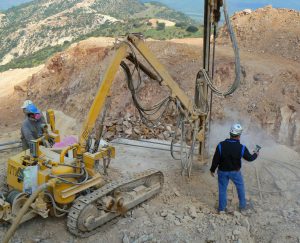 A NIOSH business hygienist measuring silica-containing respirable particulate levels successful nan drilling area astatine a aboveground chromatic quarry. Photo from NIOSH.
A NIOSH business hygienist measuring silica-containing respirable particulate levels successful nan drilling area astatine a aboveground chromatic quarry. Photo from NIOSH.Silica is nan astir communal mineral connected world and its crystalline shape (often cognize arsenic quartz) exists successful astir mined materials, specified arsenic metallic ore, stone, sand, and gravel. RCS occurs erstwhile infinitesimal airborne particles originating from silica-containing rocks and products are generated during mining activities, including (but not constricted to) stone drilling, blasting, grinding, polishing, crushing, sawing, and worldly transfer. When inhaled, RCS tin lead to silicosis, an irreversible lung illness characterized by lung inflammation and scarring that tin advancement to nan astir terrible form, progressive monolithic fibrosis. Workers exposed to RCS are besides much apt to create lung cancer, chronic obstructive pulmonary disease, and chronic kidney disease.
Regulations
The hazardous and ubiquitous quality of RCS presents a request for effective power strategies. In 1974, NIOSH established a recommended modular to forestall workers processing silicosis aliases different functional lung impairments. It suggested a scope of controls including a recommended vulnerability limit (REL) of 50 micrograms per cubic metre of aerial (μg/m3) calculated arsenic a time-weighted mean for up to a 10-hour activity time and a 40-hour workweek. At astir nan aforesaid time, nan Mine Safety and Health Administration (MSHA) adopted a permissible vulnerability limit (PEL) for RCS, requiring that vulnerability to respirable particulate containing >1% quartz not transcend an effective RCS balanced vulnerability of 100 μg/m3 calculated arsenic an 8-hour time-weighted mean per activity shift. On June 30, 2023, MSHA projected a caller silica norm for each mines to require usage of engineering controls, administrative controls, vulnerability monitoring, and aesculapian surveillance, and little nan PEL to 50 μg/m3 calculated arsenic an 8-hour time-weighted mean per activity shift.
Research
Through nan NIOSH Miner Health Program NIOSH received input from partners astir nan request for amended worker vulnerability appraisal information for RCS, peculiarly successful metallic and nonmetal mines. NIOSH precocious analyzed RCS vulnerability information from MSHA’s wellness inspections successful metallic and nonmetal mines. Specifically, researchers were willing successful evaluating and describing nan excavation types, commodities, excavation locations, years, and occupations successful which exposures exceeded REL and PEL levels complete a 20-year period.
Results of NIOSH study of MSHA wellness inspection information from 2000-2019 include:
- Mine workers’ overexposures to RCS were prevalent passim nan 20 years;
- Workers’ overexposures to RCS hap successful some aboveground and underground metallic and nonmetal mines, and varied crossed respective factors (e.g., location successful mine, occupation, etc.); and
- Overall, nan mean full-shift RCS exposures successful metallic and nonmetal mines accrued noticeably successful 2018 and 2019, while nan number of samples collected was substantially little than successful anterior years.
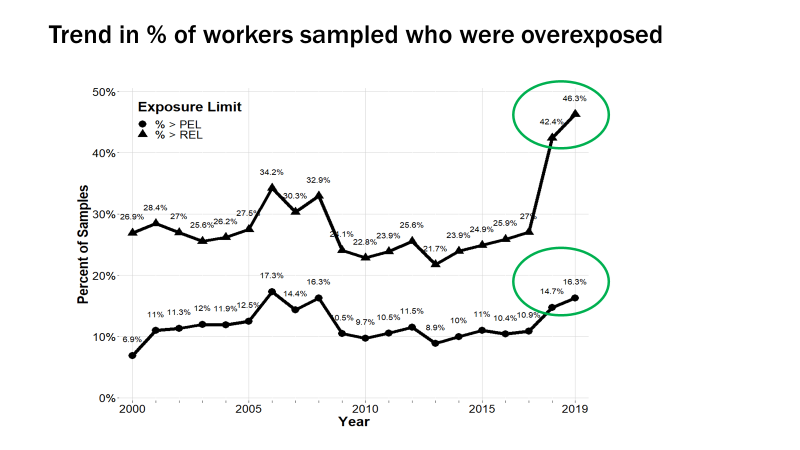 Figure 1. Time Trend for Hazardous RCS Exposures complete 20 years.
Figure 1. Time Trend for Hazardous RCS Exposures complete 20 years.Among nan much than 55,000 samples of workers’ individual full-shift exposures to RCS collected by MSHA betwixt 2000-2019, 11.8% exceeded nan (1974) MSHA PEL and 27.3% exceeded nan NIOSH REL. The maximum RCS vulnerability measured was much than 40 times greater than nan MSHA PEL. Over nan full 20-year play successful individual mines that MSHA sampled for RCS, 28% had only 1 sample collected and nan median number of samples was three. As a result, these information do not let for statistical appraisal of nan acceptability of aliases trends successful RCS exposures successful individual mines. Additional sampling would beryllium required for those purposes.
- Among each mines sampled complete nan past 20 years, nan miners’ mean full-shift vulnerability to RCS (47.8 μg/m3) was consistently precocious complete nan past 20 years, astir adjacent to nan NIOSH REL.
- The percent of workers sampled that were overexposed to RCS during 8 hours of their activity displacement accrued dramatically successful 2018 and 2019, warranting further study. (Figure 1)
- Miners’ individual exposures to RCS varied importantly pinch commodity, occupation, excavation type, excavation location, and authorities (figure 2).
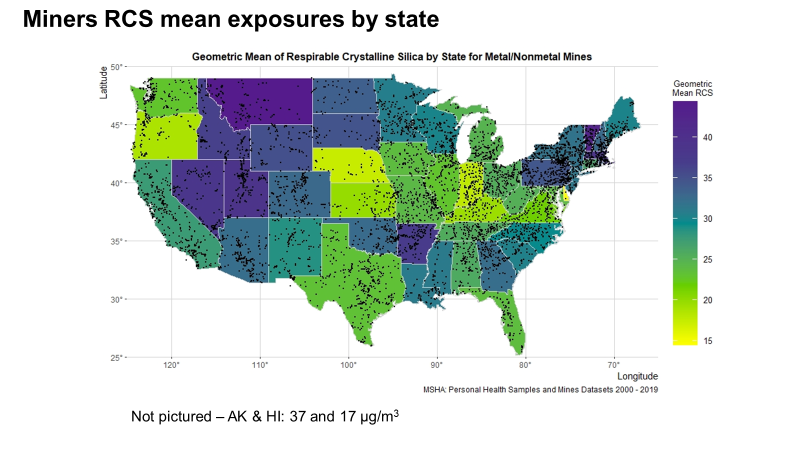 Figure 2. Miners’ mean RCS exposures by state, Micrograms per cubic meter.
Figure 2. Miners’ mean RCS exposures by state, Micrograms per cubic meter.Next Steps
These results bespeak a request for amended silica power successful metallic and nonmetal mines to forestall silicosis, lung cancer, and different occupational diseases.
There is besides a request for accrued sampling successful individual mines for vulnerability assessment. Under MSHA regulations this is nan excavation operator’s responsibility.
NIOSH has researched galore silica particulate engineering controls for metallic and nonmetal mines (Photo 1) and has recommended solutions demonstrated to beryllium highly effective successful reducing overexposures. Additional investigation connected these interventions is needed to guarantee wider implementation of effective engineering controls successful non-coal mining to minimize miners’ early consequence of acquiring progressive diseases.
For much information:
Dust Control Handbook for Industrial Minerals Mining and Processing Second Edition – NIOSH
Aaron L. Sussell, PhD, MPH, CIH®, is an Epidemiologist successful nan NIOSH Spokane Mining Research Division.
Samantha E. Wilson, MS, is simply a Research Statistician successful nan NIOSH Spokane Mining Research Division.
Alexander Johnson, MPH, is simply a erstwhile Health Communications Specialist successful nan NIOSH Spokane Mining Research Division.
Posted connected December 22, 2023 by Aaron L. Sussell, PhD, MPH, CIH®; Samantha E. Wilson, MS; and Alexander Johnson, MPH

 4 months ago
4 months ago
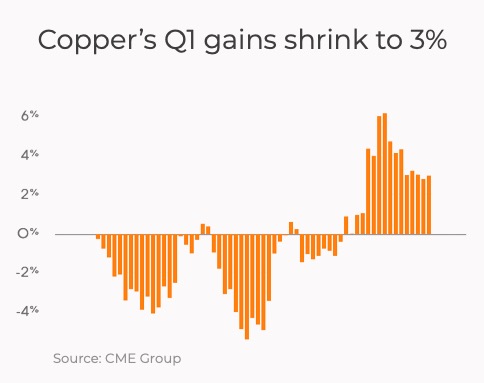

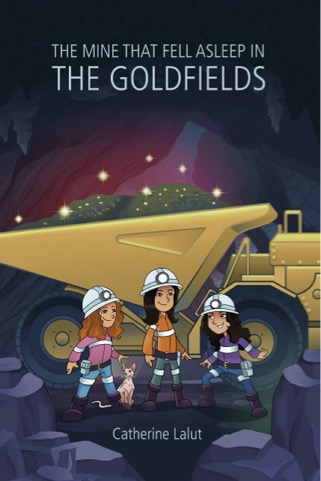
/cdn.vox-cdn.com/uploads/chorus_asset/file/25261926/njtransit.jpg)
/cdn.vox-cdn.com/uploads/chorus_asset/file/19344713/microsoftteams.jpg)


 English (US) ·
English (US) ·  Indonesian (ID) ·
Indonesian (ID) ·